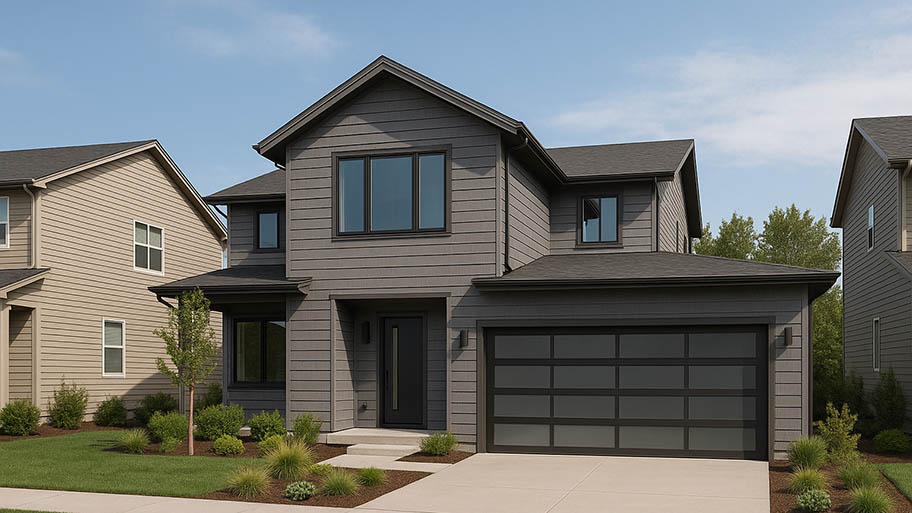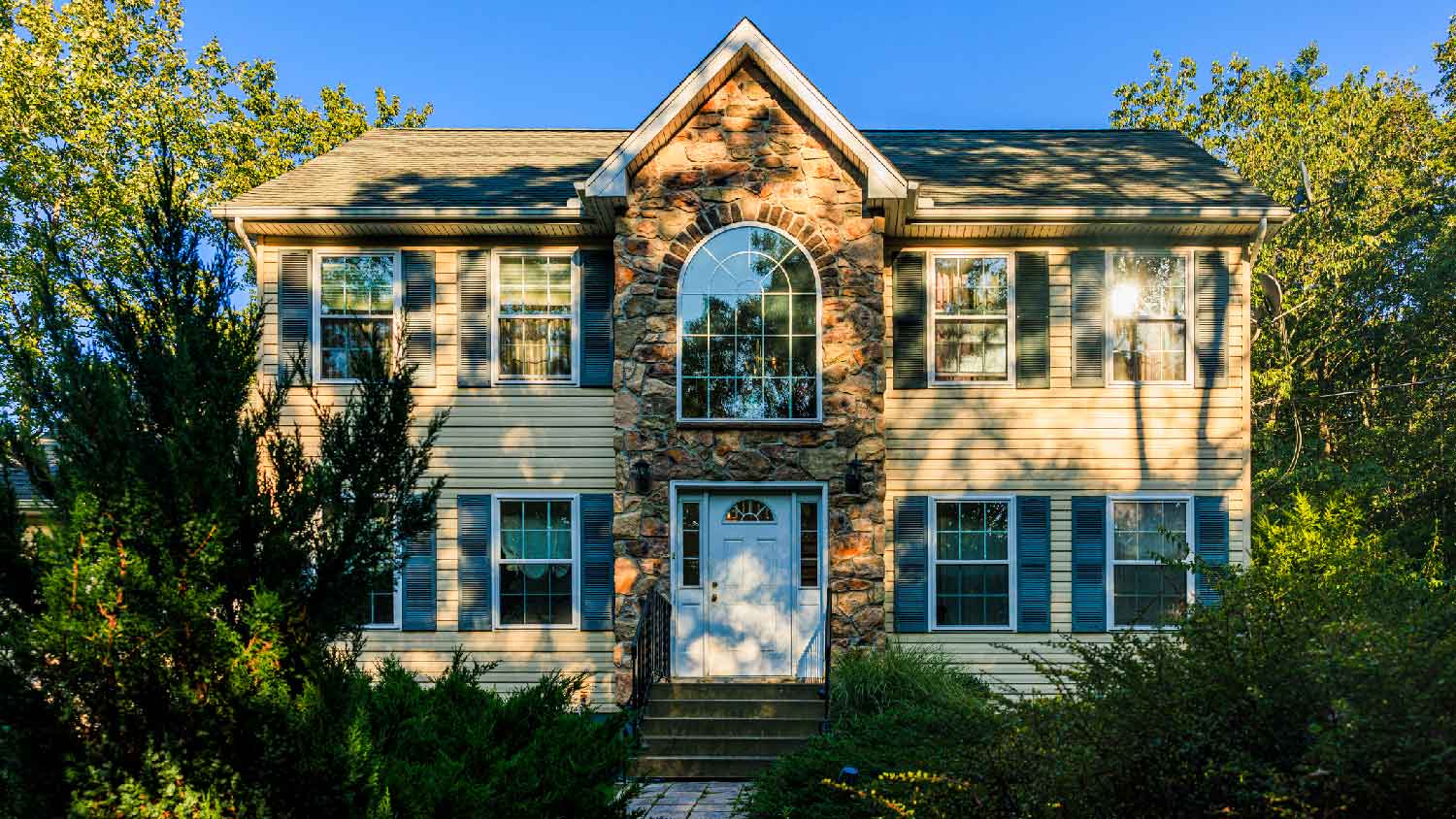
Get matched with top siding pros in Memphis, MO
Enter your zip and get matched with up to 5 pros
Need a pro for your siding service project in Memphis, MO?
TRUSTED BY MEMPHIS, MO HOMEOWNERS
4.5
Average homeowner rating17
Verified siding services reviews
Verified Reviews for Siding Service pros in Memphis, MO
*The Angi rating for Siding Service companies in Memphis, MO is a rating based on verified reviews from our community of homeowners who have used these pros to meet their Siding Service needs.
*The HomeAdvisor rating for Siding Service companies in Memphis, MO is a rating based on verified reviews from our community of homeowners who have used these pros to meet their Siding Service needs.
Last update on December 08, 2025
Find Siding pros in Memphis

Sentri Homes
Sentri Homes
Sentri Homes is a full-service contractor delivering high-end home additions, whole-home remodels, new custom builds, luxury kitchens, structural framing, roof replacements, and every major renovation. We assign a dedicated project manager to every job, deliver meticulous craftsmanship with clear communication, and back our work with an industry-leading warranty to ensure complete peace of mind on your largest investments. Our in-house team of licensed builders and master craftsmen consistently earns 5-star reviews by turning big visions into stunning, high-value homes—when you need one trusted partner who truly does it all, we’re the proven choice.
Sentri Homes is a full-service contractor delivering high-end home additions, whole-home remodels, new custom builds, luxury kitchens, structural framing, roof replacements, and every major renovation. We assign a dedicated project manager to every job, deliver meticulous craftsmanship with clear communication, and back our work with an industry-leading warranty to ensure complete peace of mind on your largest investments. Our in-house team of licensed builders and master craftsmen consistently earns 5-star reviews by turning big visions into stunning, high-value homes—when you need one trusted partner who truly does it all, we’re the proven choice.
Professional Builders & Design
Professional Builders & Design
Offer design to build service. We service most of Iowa and Northern Missouri, building new homes as well as post frame buildings.
Offer design to build service. We service most of Iowa and Northern Missouri, building new homes as well as post frame buildings.
Hervey Construction
Hervey Construction
I do framing to finishing. Roofing, siding, lay flooring, tile and hardwood. Put in windows and doors. I do deck and patio. I have been in the construction for about 30 years. I started my own business 15 years ago.
I do framing to finishing. Roofing, siding, lay flooring, tile and hardwood. Put in windows and doors. I do deck and patio. I have been in the construction for about 30 years. I started my own business 15 years ago.
Show Me Painting
Show Me Painting
Commercial and Redisidential Painting. Interior and exterior. Decks and patios.
Commercial and Redisidential Painting. Interior and exterior. Decks and patios.
K & Q All Aspects Construction
K & Q All Aspects Construction
Remodeling - General, Roofing, Siding
Remodeling - General, Roofing, Siding
D. J. Miller Construction, LLC
D. J. Miller Construction, LLC
Call D. J. Miller Construction for a job well done!
Call D. J. Miller Construction for a job well done!
The Memphis, MO homeowners’ guide to siding services
From average costs to expert advice, get all the answers you need to get your job done.

Cedar, pine, cypress, or fir—wood siding is a durable and elegant choice for the outside of your home. Here are the wood siding costs to expect.

The cost of Hardie board siding depends on the size of your home and the style and color you choose. Get a more accurate estimate with our in-depth cost guide.

Thinking about replacing your siding? Our shou sugi ban siding cost guide will help you determine if this Japanese wood siding is within your budget.

Confused by the differences between cladding vs. siding? You’re not alone. The terms are used interchangeably, but there are some subtle differences.

Exterior Insulation and Finish Systems, or EIFS, is an exterior finish that protects and beautifies your home. Learn how to install EIFS in five steps.

Learn to identify the warning signs of siding damage like rot, pest infestation, and mold growth, and learn what to do to protect your home’s exterior.
- Lancaster, MO Siding pros
- Edina, MO Siding pros
- Kahoka, MO Siding pros
- Greentop, MO Siding pros
- Keosauqua, IA Siding pros
- Bloomfield, IA Siding pros
- Kirksville, MO Siding pros
- Eldon, IA Siding pros
- Lewistown, MO Siding pros
- La Plata, MO Siding pros
- Donnellson, IA Siding pros
- Keokuk, IA Siding pros
- Maharishi, IA Siding pros
- Fairfield, IA Siding pros
- Warsaw, IL Siding pros
- Montrose, IA Siding pros
- Canton, MO Siding pros
- Ottumwa, IA Siding pros
- Centerville, IA Siding pros
- West Point, IA Siding pros
- Nauvoo, IL Siding pros
- Hamilton, IL Siding pros
- Unionville, MO Siding pros
- Shelbyville, MO Siding pros
- Fort Madison, IA Siding pros
- La Grange, MO Siding pros
- Mount Pleasant, IA Siding pros
- Clarence, MO Siding pros
- Taylor, MO Siding pros
- New London, IA Siding pros
- Repair Vinyl Siding in Memphis
- Exterior Painting in Memphis
- Roofing in Memphis
- Windows in Memphis
- Insulation in Memphis
- Gutter Repair Replacement in Memphis
- Contractor in Memphis
- Eifs Installers in Memphis
- Caulking Services in Memphis
- Stucco in Memphis
- Repair Carport in Memphis
- Window Door Contractors in Memphis
- Animal Removal in Memphis
- Garage Doors in Memphis
- Garage Builders in Memphis
- Remodeling Modular And Mobile Home in Memphis



